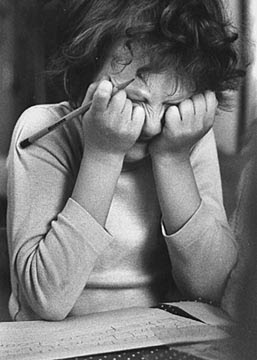
There are lots of hard things about writing, but one of the hardest is editing your own work. Editing brain is an entirely different animal from writing brain, and flaws that seem obvious in someone else’s work often go unnoticed in our own. So what’s a poor writer to do?
Fortunately for us, Carol Saller, senior manuscript editor at the University of Chicago press and an editor at the Chicago Manual of Style, has compiled a list of errors she sees in manuscripts over and over again. For instance:
* Throat-clearing. When writer Richard Peck finishes a novel, he claims, he throws out the first chapter without reading it and writes it anew. He reasons that when we begin a work, we’re rarely certain of where it will end. Revisiting the beginning after the end has emerged makes sense. This time it will be easier to eliminate all the bush-beating.
* Personal tics. Most writers have a few pet words or phrases: decidedly, or by no means, or incredibly, or most important. Ditto for favorite sentence constructions: “Not only X but Y” is always popular. Once you identify your own foibles, they become more difficult to ignore.
* Repetition. Word-processing encourages this to the same degree that old-fashioned typewriting discouraged it: why say something once when you can say it three times? A common keyboard error is to copy and paste when you mean to cut and paste, so that whole passages are accidentally repeated verbatim.
And hook yourself up with an incredible blog about language and writing, while you’re at it.
